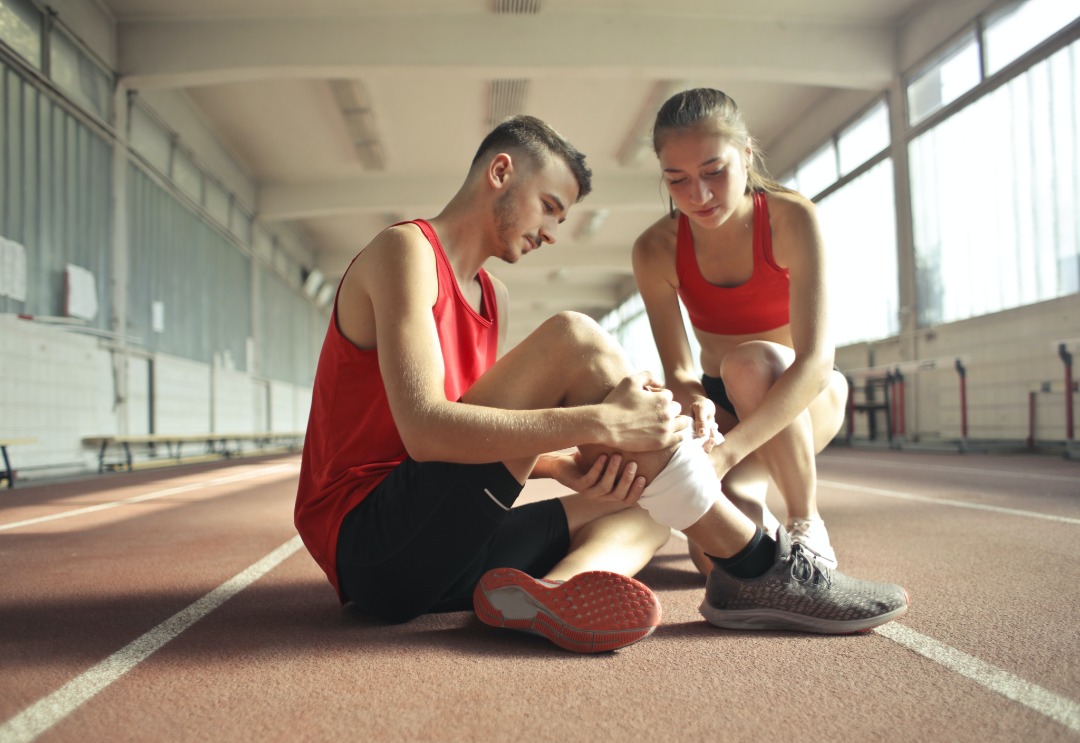On vacation, with travel and tours, it is common to take long walks and spend more time on your feet. Excessive exertion can lead to discomfort in the lower extremities, such as the calf, which can be a sign of the body in relation to other health problems.
Discomfort, in general, can be an indicator of many diseases, according to Deputy Secretary of the Brazilian Society of Vascular Diseases and Vascular Surgery (SBACV), Dr. Zilian Caetano Lopez Martins. The dysfunction may or may not be related to vascular problems, and may be the result of changes in the veins, arteries, nerves, musculoskeletal system or skin, associated with infections, such as erysipelas and cellulitis. People who engage in regular physical activities, as well as sedentary people and children can all be affected by the symptoms.
“It is important to have knowledge of the different causes of pain and a specialist evaluation, if necessary. But of course the elderly will have more exposure and more causes that can be distinguished,” the specialist points out.
Venous conditions resulting from venous insufficiency or varicose veins are characterized by back pain, such as heaviness or fatigue, which worsens with heat and improves with rest and elevation of the legs. A part of patients with these phenomena have visible varicose veins, that is, clear, dilated, tortuous and bluish veins of the lower extremities.
In arterial cases, the cause of the disease can be a chronic blockage of the arteries. The pain manifests itself when walking, and a burning sensation occurs in the calves and becomes more severe. With rest the pain tends to go away, but when you walk again, it starts again. In more advanced cases, the feet may become cold, pale, bluish, or purple with a tingling sensation.
It is also common for pain to appear during certain physical exercises, in the form of muscle or tendon spasms or injuries. Stretching before and after activity, without exaggeration, helps prevent and worsen pain.
While traveling, it is important to remember to move your feet and legs. “It is very common to forget these details, mainly due to logistical difficulties that may arise. But movement of the legs and feet is necessary to help pump the calf muscles and improve the return of the veins,” says the doctor.
Maintaining hydration and a balanced diet, without consuming fats, fried foods and sugars, brings more quality of life. Basic guidelines can help avoid further discomfort:
- warm up before physical activity;
- stretching exercises before and after physical exercises;
- follow up with a qualified professional;
- use of compression stockings to increase vein return and reduce pain and swelling in the legs;
- avoid long periods without movement;
- Always make sure to drink fluids and maintain a healthy diet.
With the appearance of any persistent symptoms, it is necessary to seek professional help to receive a prescription for appropriate treatment. Obtaining information and being alert to the body’s signals is important for early diagnosis. The mission of SBACV is to provide high-quality information about the health of the blood vessels to the population. For more information, go to Location.

“Wannabe internet buff. Future teen idol. Hardcore zombie guru. Gamer. Avid creator. Entrepreneur. Bacon ninja.”


